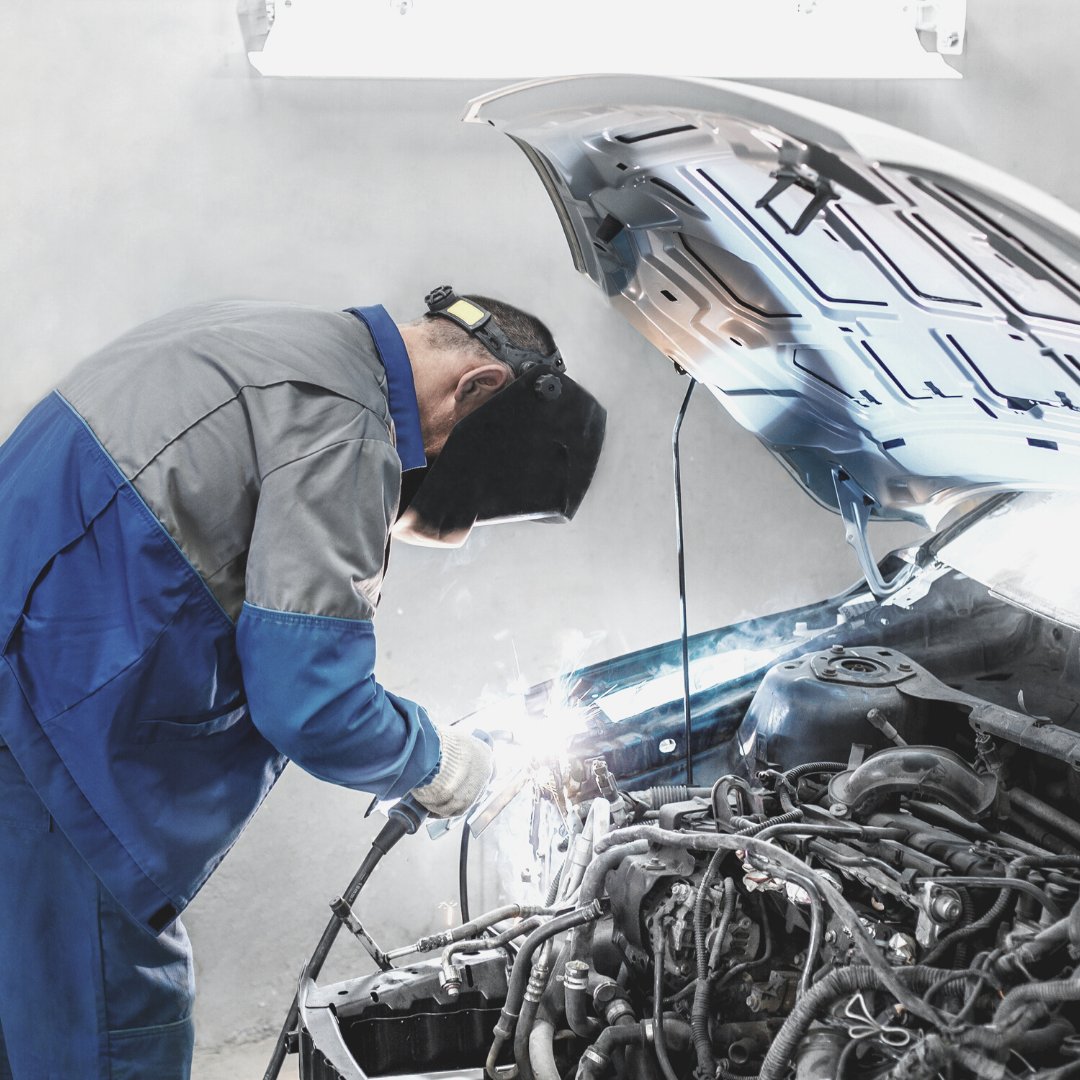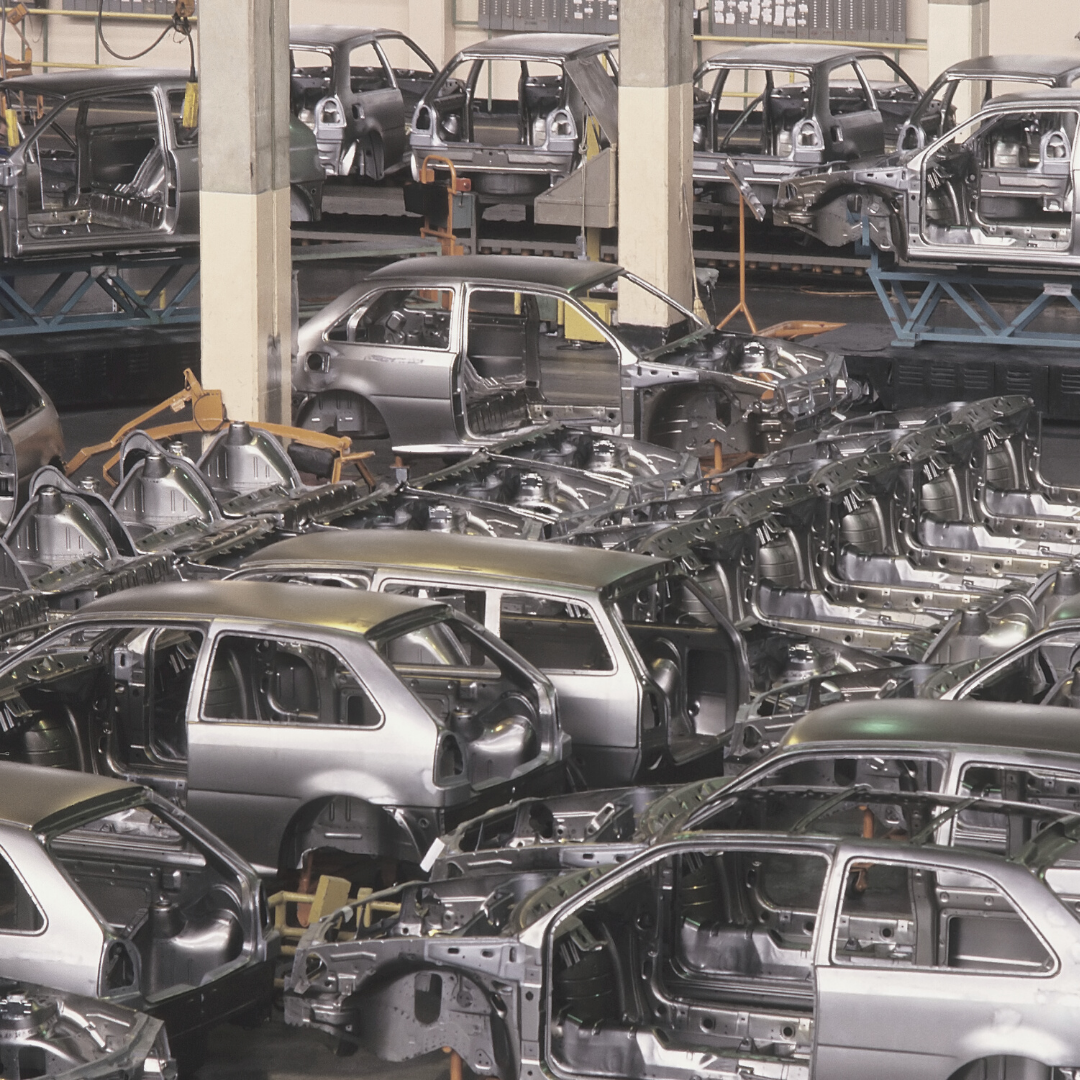The automobile industry is an oligopoly. This is because the market for automobiles is dominated by a small number of companies that are large enough to affect the behavior of the others.
For instance, if General Motors offered rebates on all their cars, it would be likely that other car manufacturers would follow suit and offer similar incentives on their models to compete with GM’s lower prices. This type of activity ultimately affects the pricing and availability of automobiles for consumers.
Ultimately, the automobile industry is like any other industry – there will always be competition between businesses vying for your attention and money. Let’s learn more about the oligopoly market in the automobile industry.
What is an oligopoly?
An oligopoly is a market structure in which there are only a few sellers and each of these sellers has significant control over price. To qualify as an oligopolistic industry, the companies need to be selling products that are largely homogeneous and where economies of scale do not dominate pricing decisions.
This means that even though automobile manufacturers in the United States like General Motors (GM), Chrysler, and Ford compete with one another for customers they have no incentive to lower prices because their costs are relatively fixed. For instance, raw materials such as metal, rubber, and leather are almost always purchased for a predetermined price. Accordingly, the industry is classed as oligopolistic because these firms have limited competition and can charge higher prices without losing any business.
What does the automotive industry structure look like?
The automotive industry involves a broad range of organizations and companies that contribute to the manufacture, design, distribution, marketing, financing, and management of vehicles. Although, the global leaders in this sector remain at the top of their game, thanks to a combination of unique business models, digital science, and new technology like riveting (no wonder it tends to be known as the riveting revolution), the automotive industry is still constantly changing and adapting to trends.
The change could be seen in the varied range of vehicles the automotive industry is offering. From traditional petrol and diesel cars, they have moved towards electric vehicles (EVs). With that come other services such as rentals or car leases; the industry is growing and bifurcating depending on customers’ requirements. The growth is not just limited to that. The automobile industry is also changing in terms of insurance policies. Now, businesses are focused on getting covers like motor trade insurance, which can insure their vehicles along with workers like mechanics, test drivers, and other company staff. Moreover, for the safety of their premises, machinery, tools, etc., they are opting for add-ons like premises cover (learn more about the same through i4mt or similar insurance companies).
Innovations and growth are necessary for every industry, but automotive businesses have to keep up with the competition to ensure the company keeps doing better. That is where oligopoly comes into play, that means adapting to the new market to stay in pace with megacorps.

The benefits of being an oligopoly
Oligopolies can provide many benefits to businesses, including faster innovation and higher quality products. Due to the low levels of competition and high market shares in an oligopoly, firms have a strong incentive to cooperate and maintain harmony within the group.
Oligopolies can also be more efficient than other market structures, as firms can share resources and reduce costs. This enables manufacturers to develop highly differentiated product lines.
Customers also benefit from oligopolies. The limited number of brands makes it easier for customers to compare and choose products. Furthermore, customer service also tends to be better as businesses have typically had years of experience when it comes to supporting their target audience.
Profits earned through oligopoly markets can also be reinvested into research and development. Essentially, high profits can be put towards projects to help consumers. For instance, the high cost of vehicles can help to fuel research into hydropower and electric vehicles that can reduce the impact of pollution.
It is safe to say that many businesses are shifting to electric vehicles for their transportation needs. Fleet businesses, for example, are trying to transition to zero-emission fleet solutions. It can be daunting to change the overall infrastructure, but with the help of Electric vehicle fleet management and advisory help from companies like Evenergi, it can be possible to make this change.
.
The drawbacks of being an oligopoly
An oligopolistic market leads to a variety of drawbacks. Although some customers benefit from the reduced choice an oligopoly provides, if only a few organizations offer the product a customer wants, their choices will be severely limited and this can have a negative impact.
Oligopolies can also lead to decision-making bias. Essentially this means that companies can use their influence to manipulate the consumer decision-making process. For example, if customers do not fully understand how a product works, they are more likely to succumb to sales pressure and might make purchases that do not add value to their lives.
An oligopoly can also lead to barriers to entry. In the automotive industry, it has been claimed that manufacturers work together to keep disruptors out of the industry. The high startup costs required to enter this competitive market can deter innovation and the high budget needed to manufacture vehicles and secure patents can also dissuade potential new entrants.
What does the future hold for the auto industry?
The automobile industry is an oligopoly because the market consists of a few companies that dominate. This means that prices are kept artificially high, and competition in the sector is limited. To increase competition, it would require one or more new firms entering into the market with a different business model than those currently available.
This could be done through the introduction of new cars powered by alternative energy sources such as electricity or water. The future of this segment relies on what happens next. Above all, traditional car manufacturers will have to adapt their strategies if they want to stay competitive in today’s changing world where innovation drives success and there has never been such fierce global competition before.

